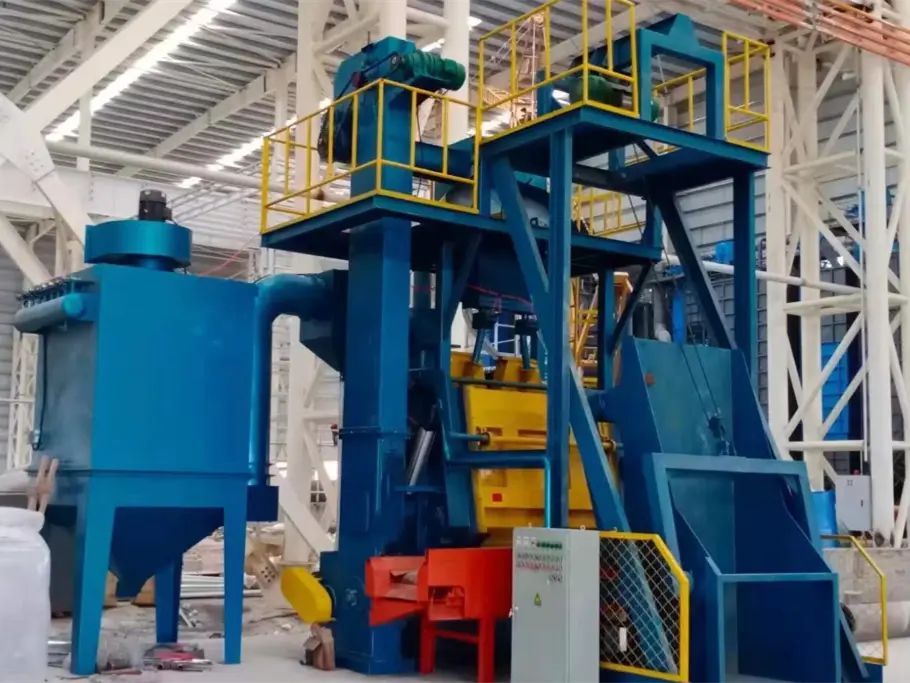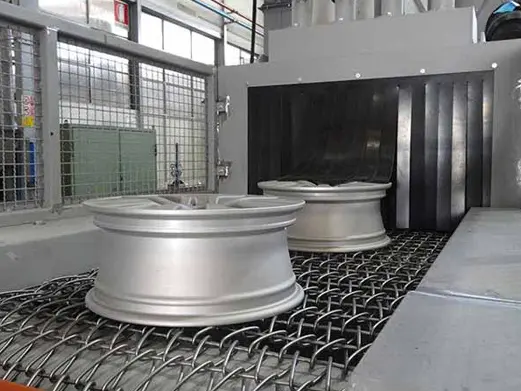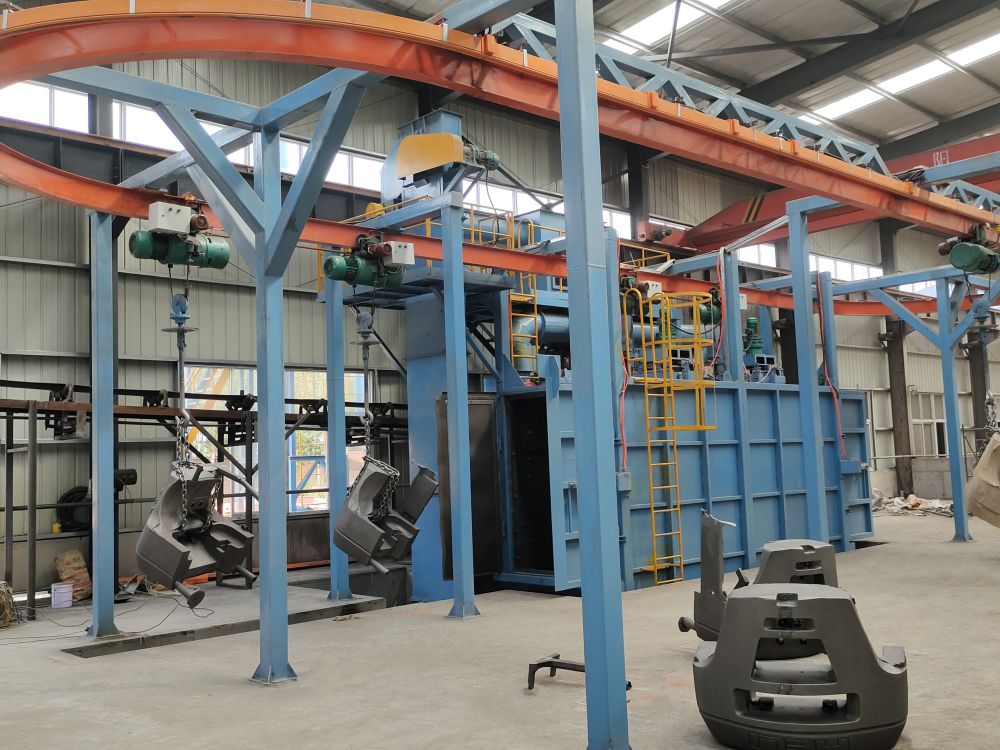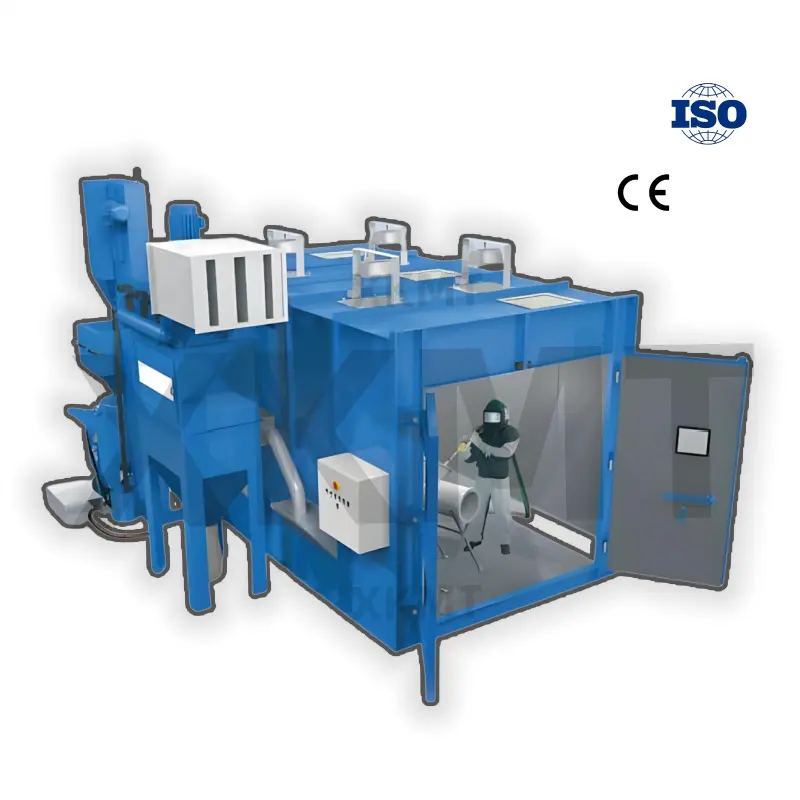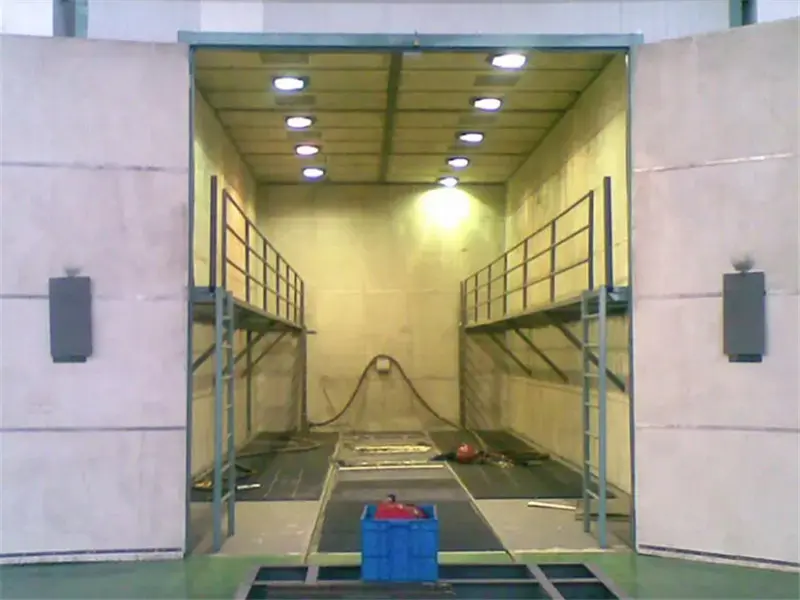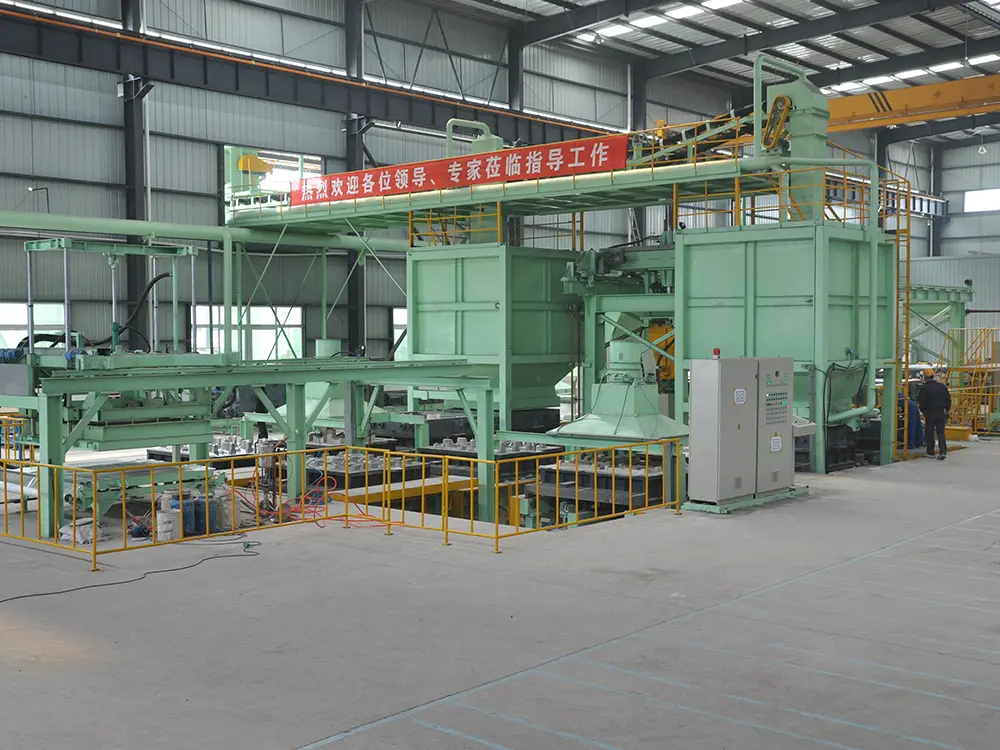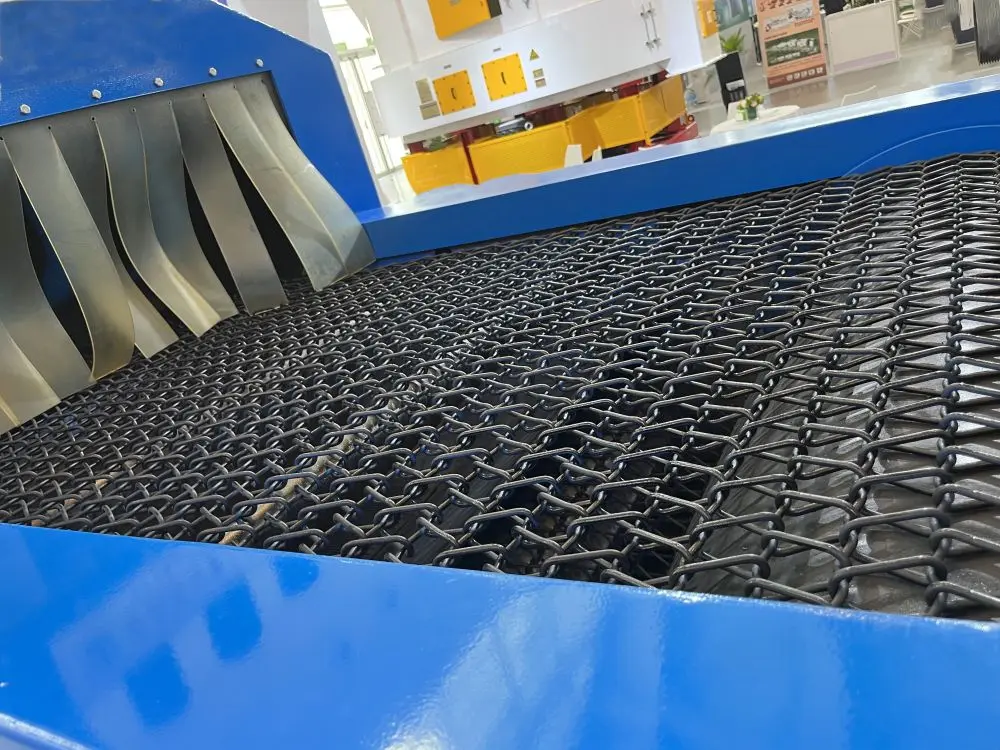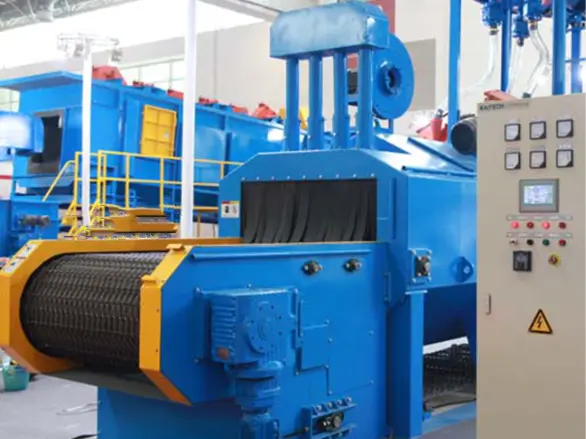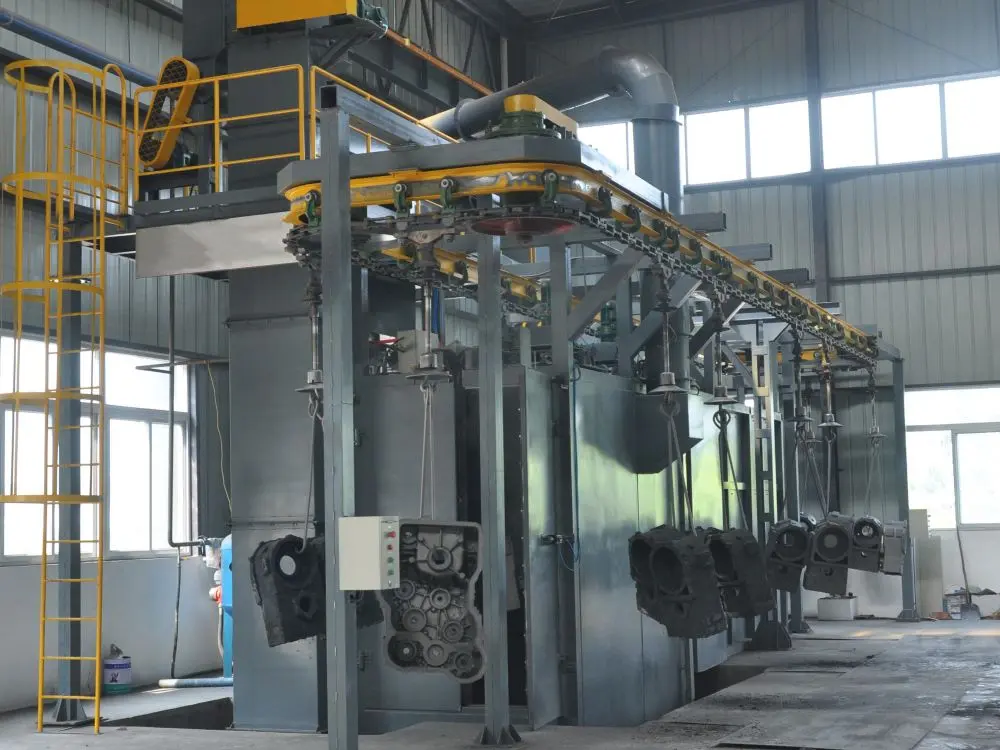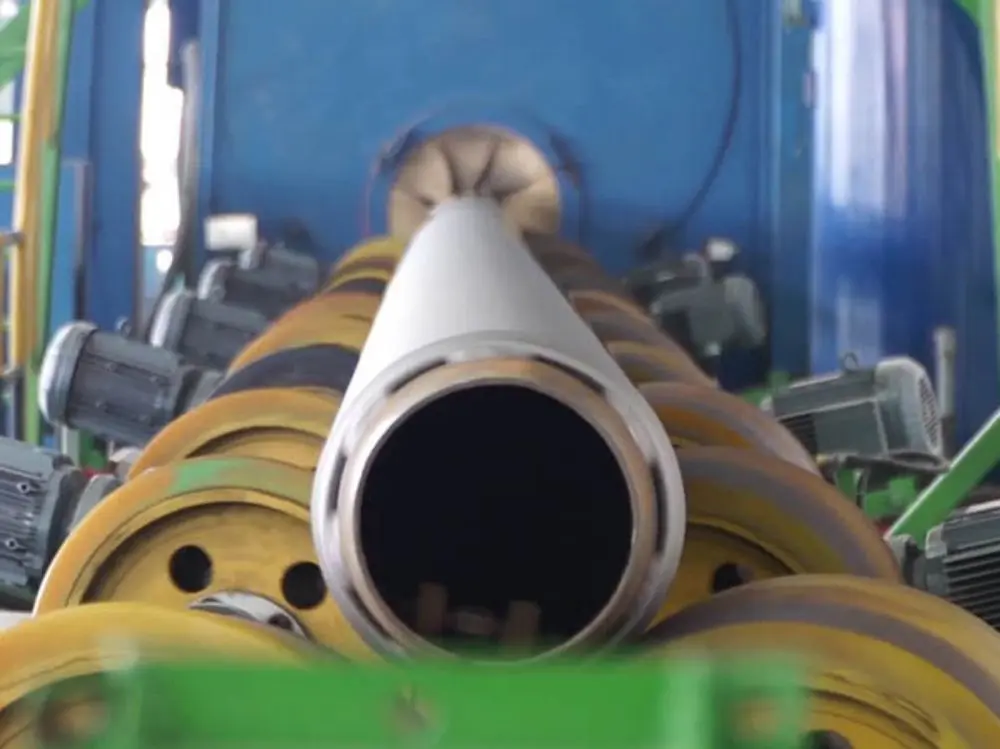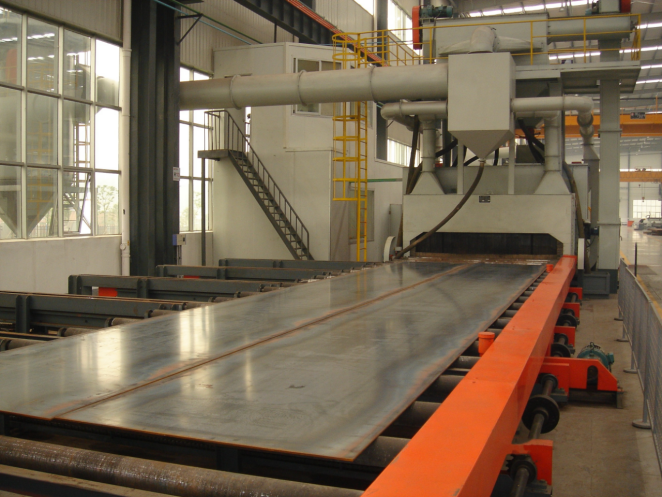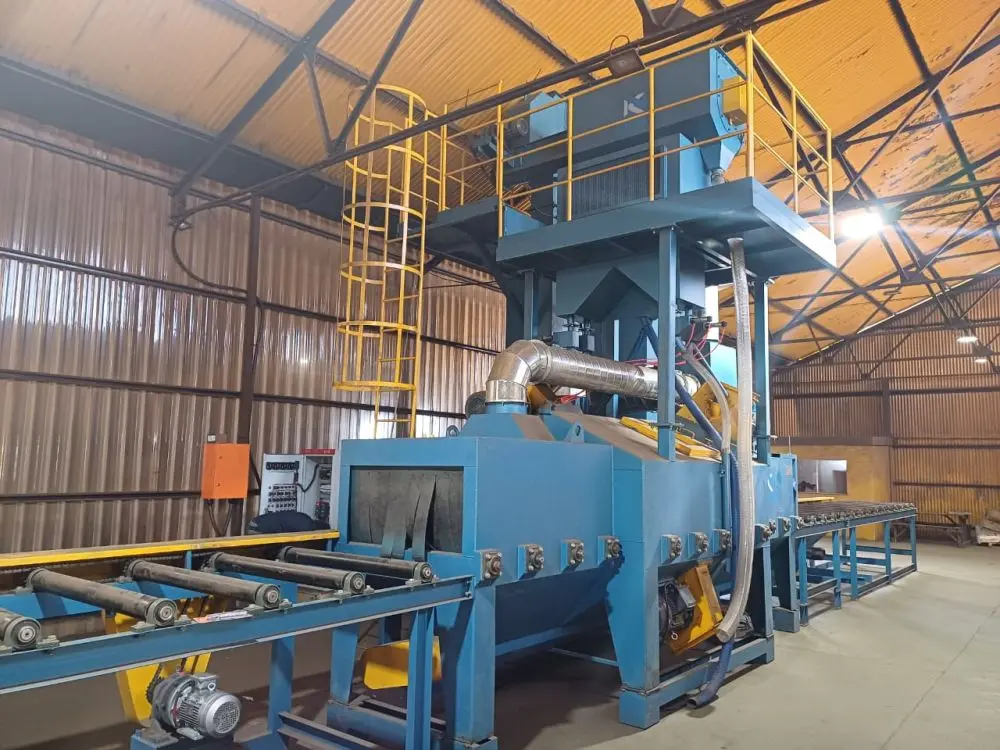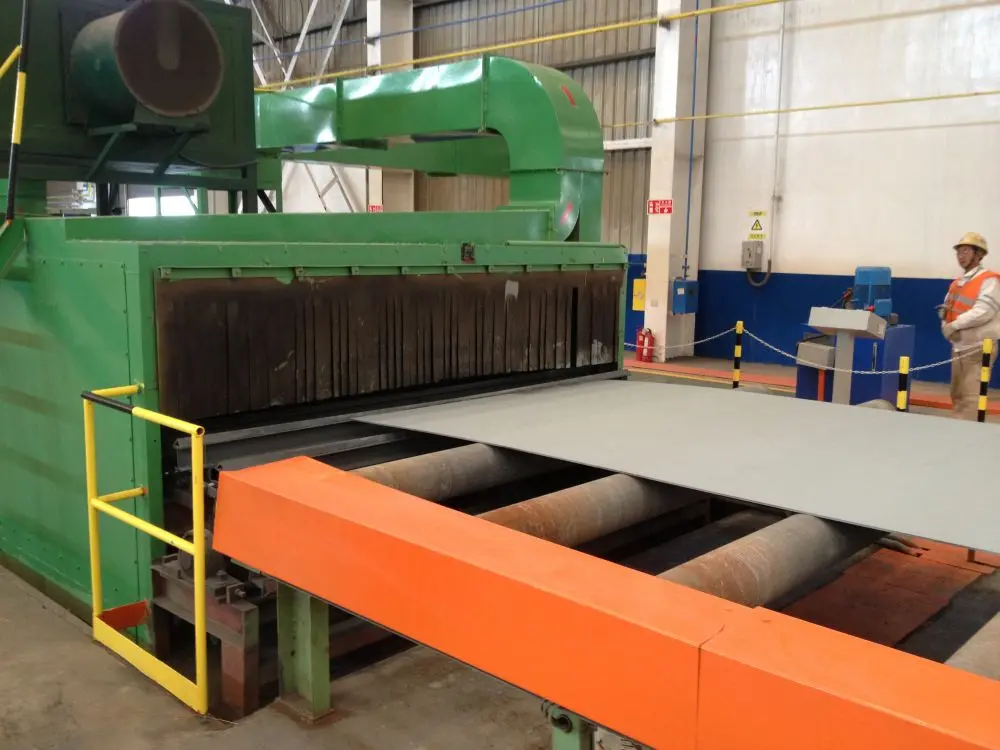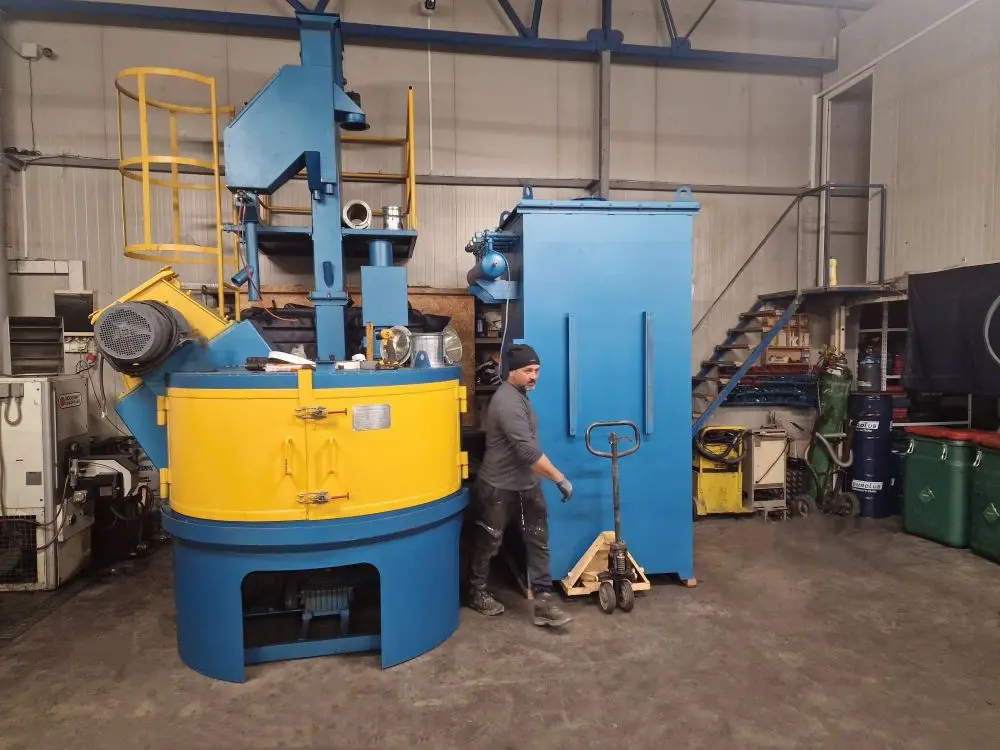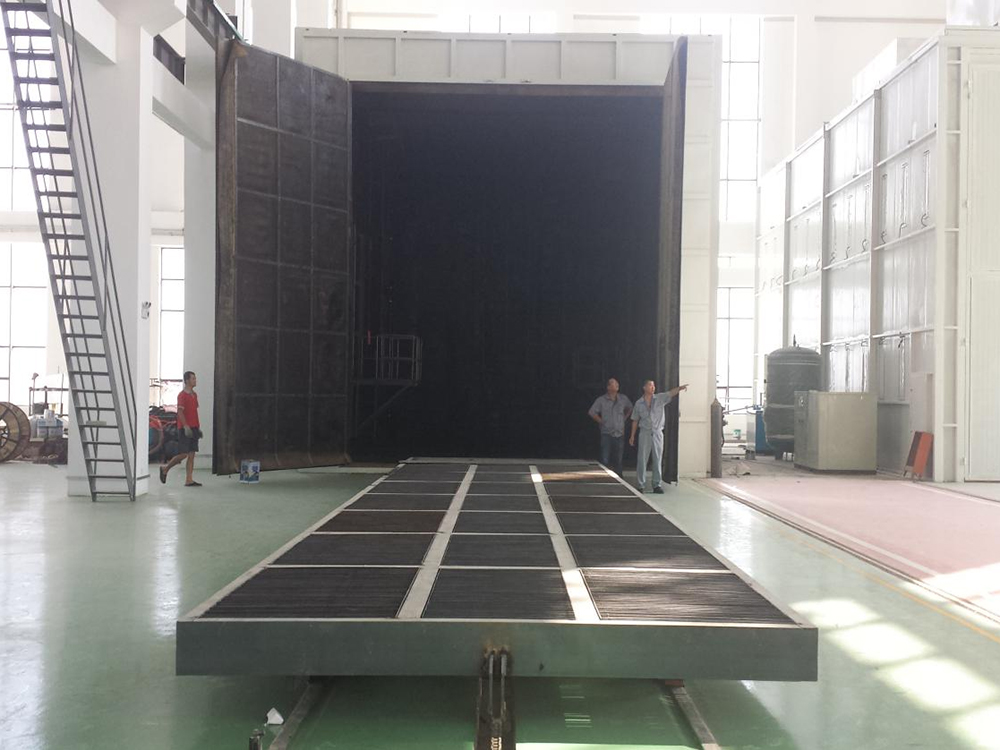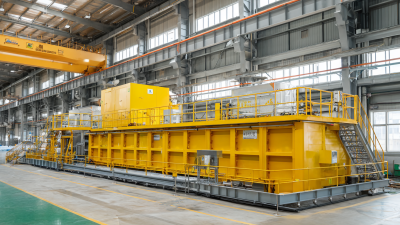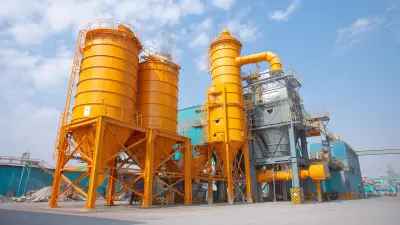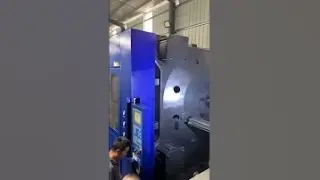High-Quality Custom 3D Printed Timing Belt Pulleys from a Trusted Manufacturer
At Qingdao Xinke Machinery Technology Co., Ltd., we focus on delivering premium 3D Printed Timing Belt Pulleys tailored to your specifications. Our products are designed for exceptional precision and durability, ensuring reliable performance across a variety of applications. Whether you need components for manufacturing or a trustworthy supplier in China, our timing belt pulleys excel in the marketplace. With advanced manufacturing techniques, we offer custom designs and rapid turnaround solutions, accommodating your project requirements efficiently. Committed to maintaining high standards of quality and customer satisfaction, we aim to forge lasting partnerships with B2B clients. Partner with us to enhance your production capabilities with our expertly crafted 3D Printed Timing Belt Pulleys. Contact us today to discuss how we can contribute to your business's success.Exploring 3d Printed Timing Belt Pulley Stands Out Dominates
The evolution of manufacturing technologies has led to innovative solutions that enhance productivity and efficiency in various industrial applications. Among these advancements, 3D printing has emerged as a game-changer, particularly in the production of timing belt pulleys. These components are essential for numerous mechanical systems, providing precision and reliability. What sets 3D printed timing belt pulleys apart is their ability to be customized for specific needs while reducing waste and production time. This technology allows for rapid prototyping and small-batch manufacturing, making it a valuable option for global procurement. In an era where industrial processes demand flexibility and scalability, adopting 3D printed components offers significant advantages. The integration of advanced materials and design capabilities enables manufacturers to create lightweight yet robust pulleys that can withstand the rigors of operation. Additionally, this innovation streamlines the supply chain, allowing for on-demand production that mitigates inventory costs and facilitates quicker turnaround times. As industries worldwide embrace technological advancements, the shift towards 3D printed timing belt pulleys is likely to dominate, driving efficiency and performance across various sectors. For global buyers seeking reliable and advanced solutions, the exploration of 3D printed timing belt pulleys represents an opportunity to enhance their operations. By leveraging this technology, businesses can achieve not just cost savings, but also innovative designs that elevate their products. As the landscape of industrial manufacturing continues to evolve, staying ahead with such modern solutions becomes crucial for maintaining a competitive edge in the marketplace.
Exploring 3D Printed Timing Belt Pulley
| Feature | Value |
|---|---|
| Material | PLA/ABS/Nylon |
| Print Method | Fused Deposition Modeling (FDM) |
| Pulley Diameter | 20mm - 100mm |
| Number of Teeth | 10 - 60 |
| Weight | 5 - 50 grams |
| Tensile Strength | 30 - 80 MPa |
| Applications | Robotics, CNC Machines, Automotives |
| Customization Options | Color, Size, Tooth Profile |
| Print Speed | 30 - 100 mm/s |
| Layer Height | 0.1 - 0.3 mm |
China’s Best-Selling 3d Printed Timing Belt Pulley Where Innovation Meets 2025 Delivers Unmatched Quality
C
Chloe Lewis
Fantastic value for the quality! The customer care I received was unmatched.
21 May 2025
J
Joshua Mitchell
Just a fantastic item! The response time from the customer service was commendable.
23 May 2025
A
Ava Edwards
Fantastic product! The after-sales service was highly professional and helpful.
15 June 2025
I
Isaac Edwards
Impressive quality throughout! The team was remarkably knowledgeable and responsive.
16 May 2025
J
John Taylor
The craftsmanship is remarkable! The professional insight from the after-sales staff was a huge plus.
05 June 2025
J
Julia Price
Highly impressed with this purchase! The after-sales support was very thorough and professional.
30 June 2025



